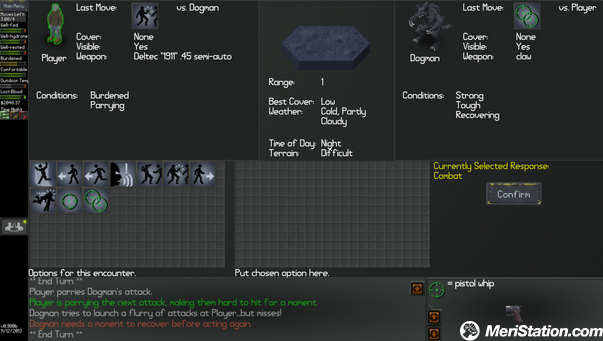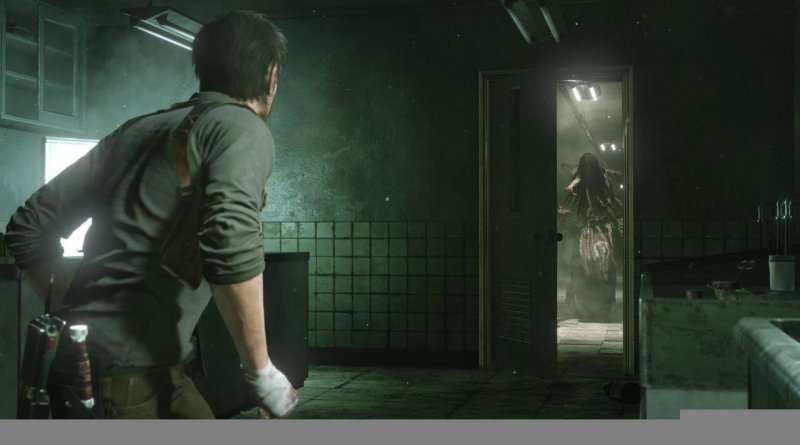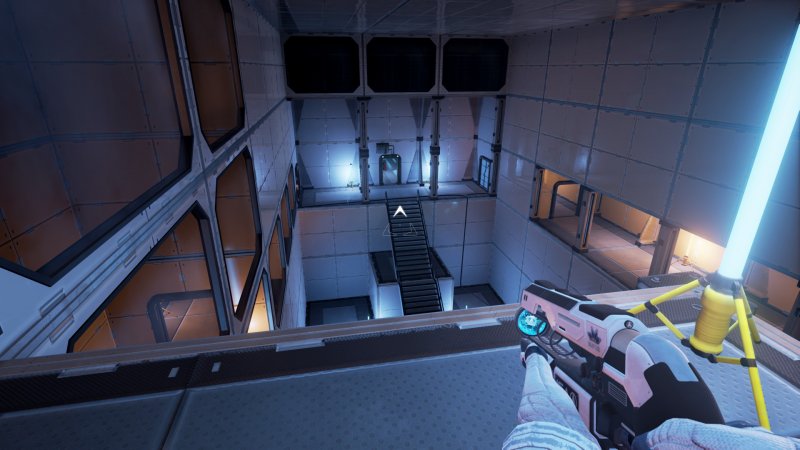Blue Bottle Games is a small independent company, formed by a single developer. After 7 years as part of Bioware , David Fedor decided to start a project of his own that little by little became known in specific circles. However, it was not until its inclusion in
Steam Greenlight that NEO Scavenger could be discovered by many more users. Its author, very influenced by the mechanics of traditional role-playing games, has been expanding the idea of a rogue-likeof survival with a large dose of role, giving its development completed just a few weeks ago. And although the spirit of the game remains the same, the truth is that they have varied a few details.
Although it is a game that may seem simple in appearance, it hides an immense complexity of mechanics. A title in which we can roam freely for a post-apocalyptic Earth, although it has a plot that will guide our steps …
If we want it. The first thing we will do is create our alter ego by choosing Skills and Defects. The first cost points of character development, while the disadvantages will give us more points to spend. Thus, we can choose different skills -Medicine, Mechanics, Electricity, Strong Botany, Hard, Athletic, …- that will help us during the game,
Once this is done, we move directly to action. We wake up in a cryogenization tank, and have no idea who we are or how we got there. And we will not have time … Something is approaching, at full speed, screaming … Or rather, roaring? Carefully, we will have to choose our next step.
Shall we run out the window? It’s an option … However, the skills that we bought during creation could help us. A character with medical knowledge could “thaw” some other cryogenic body to use as a distraction, while one with some skill in mechanics could block the automatic door.
This will be a common denominator throughout the game: There will always be several roads. The way in which NEO ScavengerIt presents us with this diversity of options, it is quite curious. Commonly, the screen is divided into two sections. The superior one shows us the necessary information. Sometimes, descriptively as if it were a conversational adventure.
Others, with specific data, as in the combats. The lower part shows two panels: The one on the left, with the different elements that we can use to perform actions, including our own objects and the environment, and our abilities. The one on the right, with the elements that we have selected to use. This means that, for practical purposes, our skills appear as one more object.
It is the union of our belongings, environment and skills what – as a crafting system – produces different resolutions and effects. Something that looks much better when looking at the different locations. We can approach an abandoned house in the forest, and quickly show the options: We can use stealth, reducing the possibility of being discovered, but also the rewards.
Or our strength, producing just the opposite. If we have a lever, we can also help it … Even join all these options, approaching stealthily but forcefully, helped by the lever. The options are almost endless, and their resolution is random and context-dependent.
All abilities have, therefore, their use. For example, applying botany to some berries that we have found will help us discern if they are edible or poisonous. Of course, The game also includes a handicraft system, with which we can create objects from the elements we
have found and the skills we have. From sharpening a stick with a piece of broken glass, to improvise a transport with remains that we find.
Little by little, through the “recipes” that we find or the different tests we perform -although we have never read about how to create a certain element- we will get to know and obtain new possibilities: Weapons, armor, …



